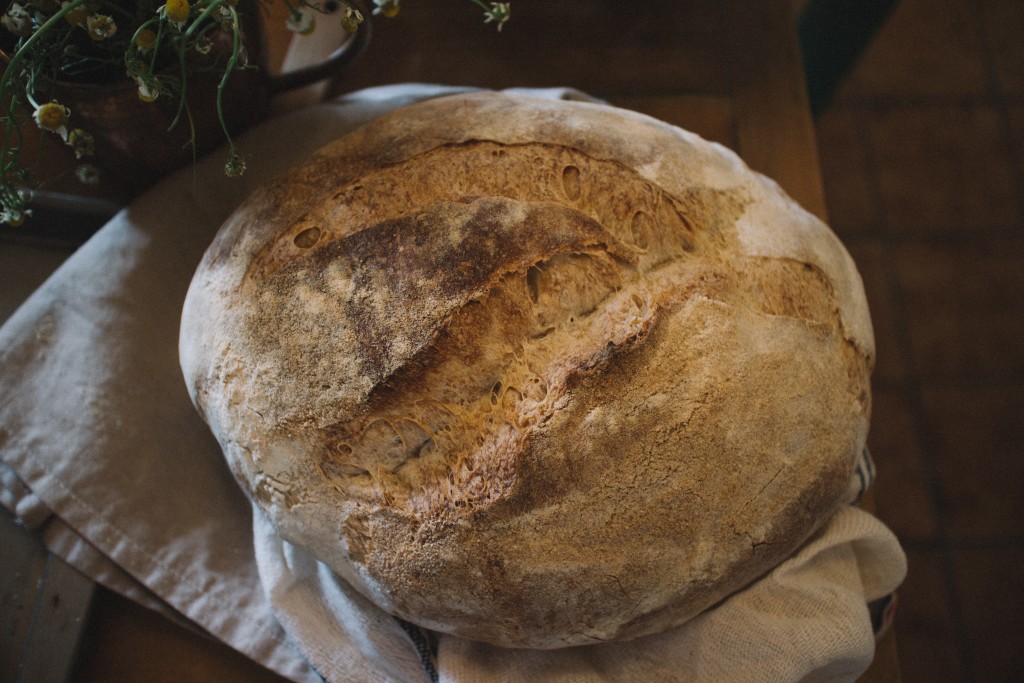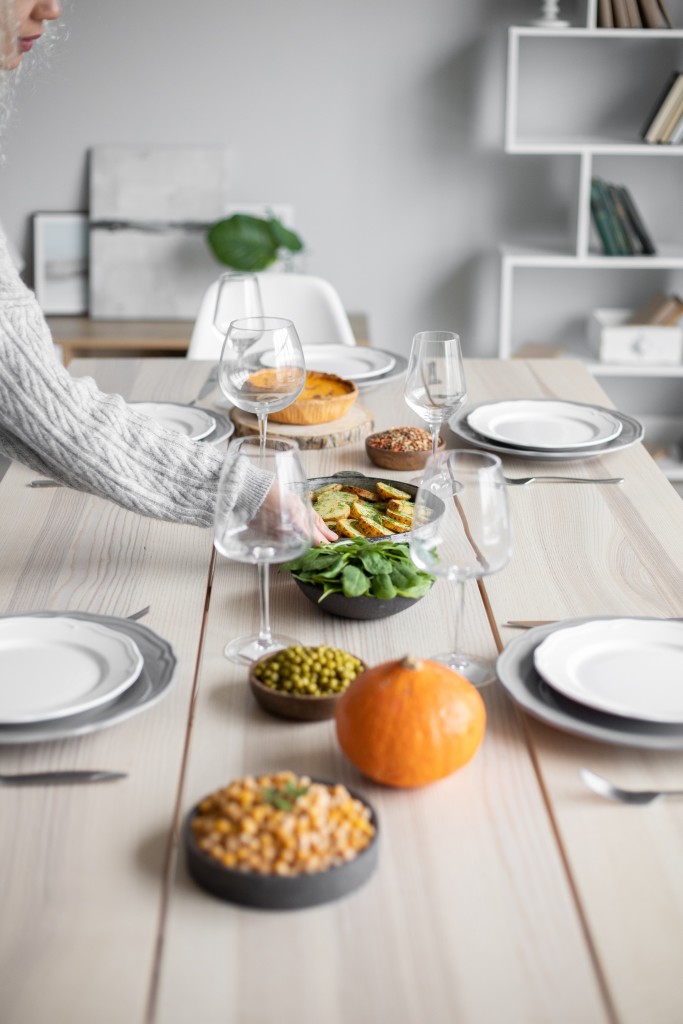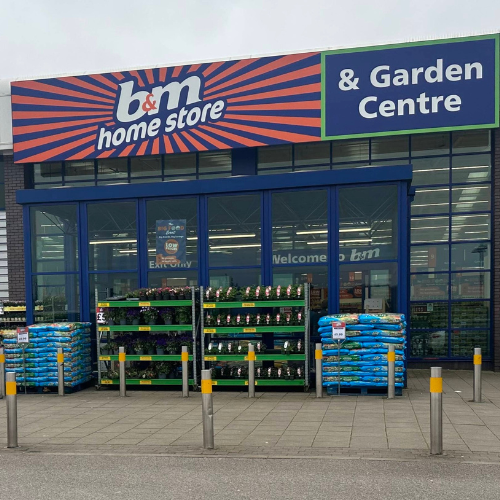Gemma Riberti, head of interiors at WGSN (global authority on consumer and design trends) talks to HousewaresNews.net on the findings of recent research, and how it affects the housewares industry.

How would you sum up the trend for ‘low impact’ cooking and dining?
Whilst consumers have been spending more time at home during the pandemic we have seen a growing interest in more sustainable lifestyle and the need for a more frugal approach to cooking and dining. Consumers are energised to tackle food waste and looking to invest in cooking and dining products that save money, reduce waste and minimise energy consumption while also experiencing a newfound joy in doing it themselves.
How does this influence consumer demand and aspirations for cookware?
Consumers will be looking for cookware incorporating energy-saving features and integrated technology that help monitor cooking. Layered cookware like steamers will be increasingly popular, allowing multiple parts of a meal to be cooked once, saving time and energy usage.
What other trends will impact consumer buying?
During the lockdown consumers have had the opportunity to be more experimental in the kitchen, trying new recipes and cooking techniques to find out what works and does not work for them. Through this experimentation, they have started to appreciate specialised items for dedicated recipes, whether it’s a tagine for a Moroccon Stew or Wok for the perfect stir fry or – of course – baking the perfect sourdough in a Dutch oven.

Motivated to be more frugal and less wasteful, what we call the New Romantics are spurred by self-sufficiency and a desire to connect with the environment, or with a community or locality. These consumers love to buy unique and timeless pieces to support local makers and smaller brands, and although cost-conscious they are willing to splurge for a durable, long-lasting cookware such as a cast iron dish that can be kept, shared and handed down to future generations.
As consumers are looking to reduce food waste, kitchen products that help prolong the lifespan of fresh produce have seen an increase in demand. Tech-enabled solutions in demand include vacuum-sealed lids that can be used on a range of different containers or silicone rubber lids that can be added to bowls, jugs or mugs to keep food and liquids fresh. Natural materials that help to keep food fresh are rising in importance as consumers pursue self-reliance.
How do these trends influence demand and aspirations for tableware?
Sustainability is a key driving force in consumer decision-making when it comes to tableware. As consumers continue to be eco-conscious, they are looking for products that offer long-lasting value in the aim to buy less, but buy better. Similar to cookware, consumers are looking for durable tableware that can be kept for a lifetime and can be added to over time as well.

What’s your overview?
Overall the pandemic brought a new-found (or rediscovered) appreciation for well designed products that have been well made and are long-lasting: the reliable pan, the well-lived casserole dish, and also the good knife, the nice plates and glasses that make setting the table a pleasure enjoyed beyond occasions, as every meal now can be seen as an occasion and a pleasure for one’s self.
PIC 3
Top: The pleasures of home cooking (photo by Cottonbro).

























